Introduction to Cushioning Systems in Packaging Design
5 February 2021
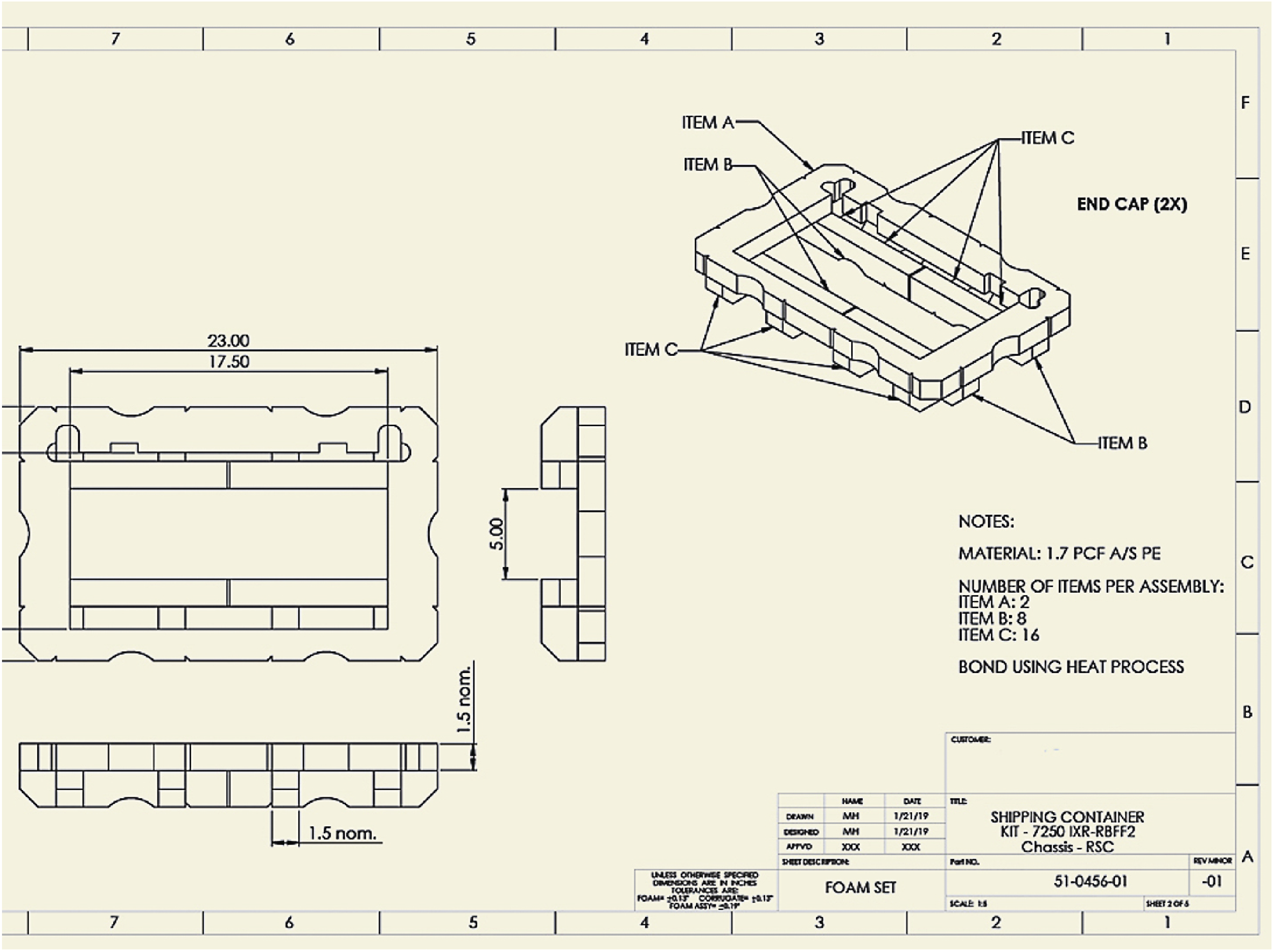
Many components or subassemblies will frequently need to be packaged in a single enclosure. A foam pack may consist of several layers of foam shapes and trays designed to isolate each component. When cost is an issue, standard foams work well and are easy to fabricate. If appearance and durability or cleanliness are more important, specialty foams can be used because they last longer, have better performance, and have a better look and feel. The foam pack can also be designed to protect different products or models having some similar dimensions with the use of perforations, removable inserts and the like. When several packaging goals are important such as to provide separate protection, organization, and aesthetic presentation, it is crucial to work with an experienced designer.

Packaging design is an important consideration that affects performance during transit, cost due to damage caused during shipping, and presentation of your product. Often, a company is trying to optimize between three parameters: performance, cost, and presentation, based on its specific needs. The primary purpose of packaging is to protect the product/equipment during transit to its destination.
No matter the exterior of the package, whether it be a corrugated box, crate, some sort of hard case, or something else, the interior foam cushioning system protects your product from damage due to shock and vibration. Often the nature of the product will dictate the kind of foam used in a cushioning system, but the specific type, density, thickness and overall amount of foam should be a combination of judgement, experience, and calculations by an experienced packaging engineer.
Cushion Requirements: g-Force and Drop Height
A cushioning system is designed based on a detailed understanding of the product to be packaged and the environment that the package will be shipped in. Supply chains can be very abusive. And once your product ships, it is out of your control. The first thing to consider is product “fragility” and can be found during bare product testing.
As a reference, Table 1 lists some typical products, their fragility category, and the amount of force that they can generally withstand as a multiple of the force of gravity (g’s) (applied as a deceleration, such as a drop).
Table 1 Product g-Sensitivity
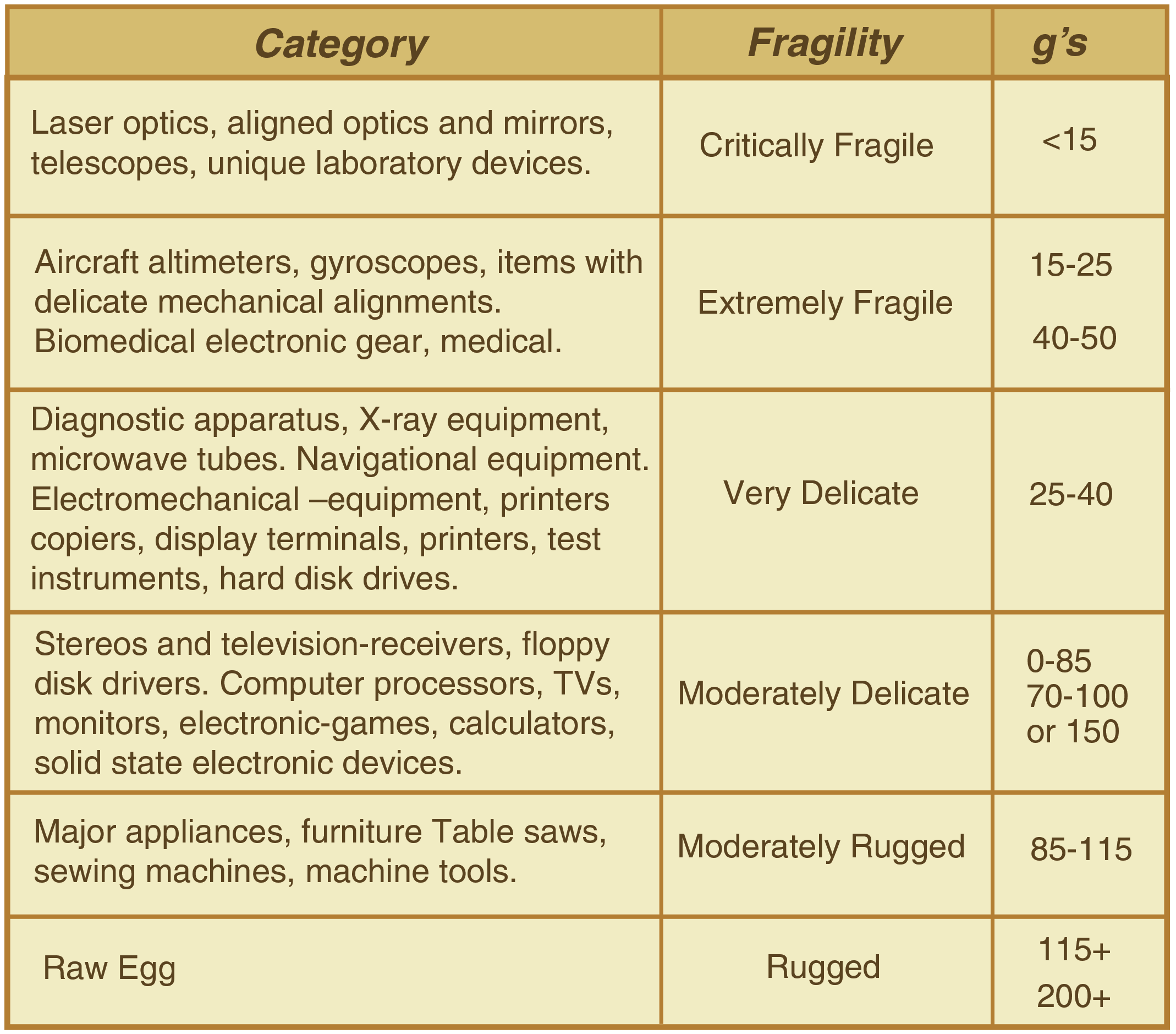
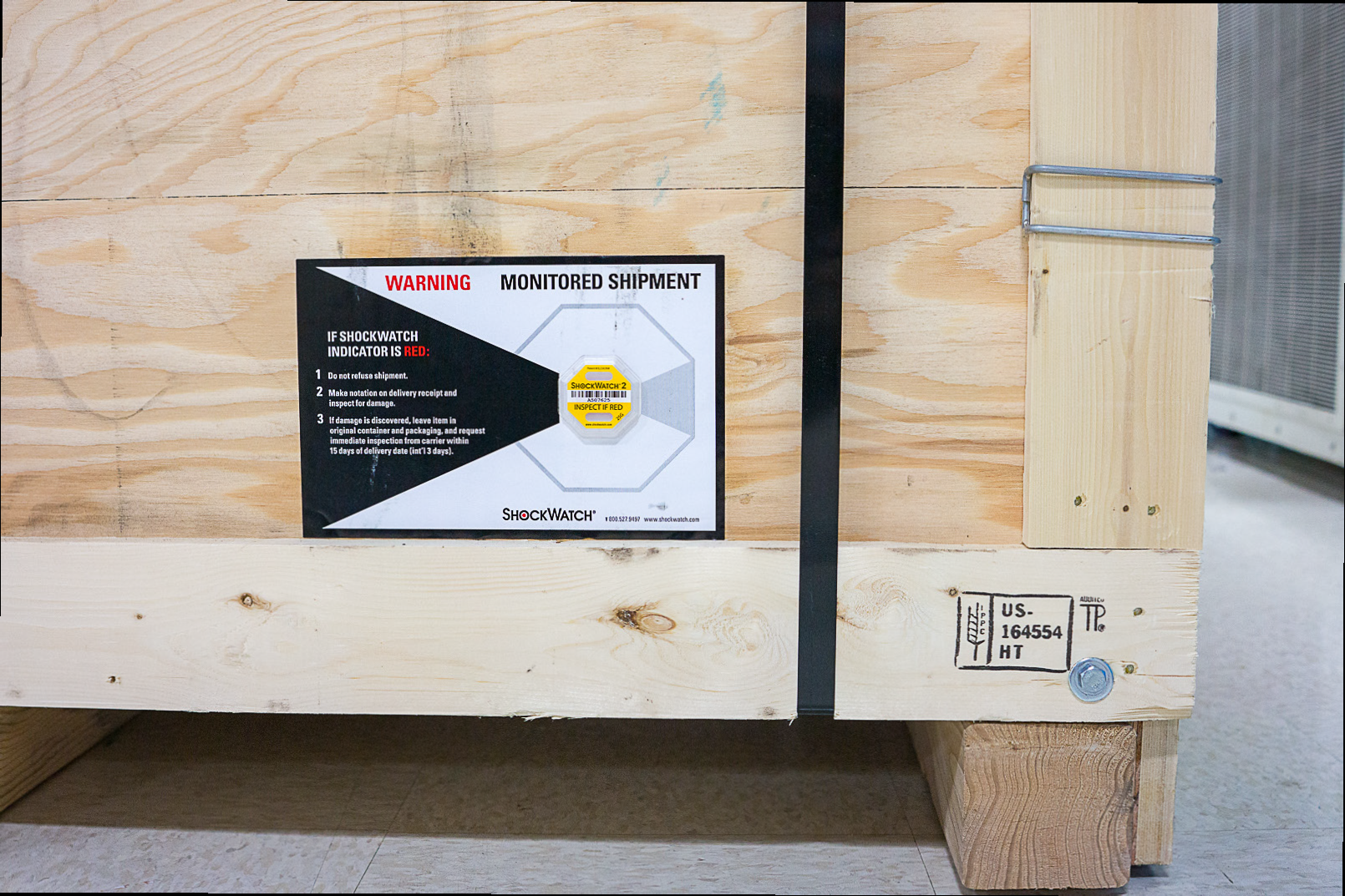
A product’s g-force sensitivity is the maximum force that the product can withstand without damage, and can be either estimated, or determined by testing.
The shipping environment comprises different modes of material handling and transportation such as:
- Forklift
- Truck (LTL, FTL)
- Airplane
- Ship
- Rail and other
The entire transit path should be examined to profile and maximum shock and vibration to which your package will be subjected. The various handoffs and handlers include:
- Common carriers
- Local delivery
- Warehouses
- 3rd parties/3PLs
- Multiple shipping/receiving departments
Shock is determined by the potential drop heights and product weight. The weight of the product will limit the drop height.
For example, boxes weighing less than 50lbs can be manually unloaded off the back of a truck, so a drop height of 30-48” (the approximate height of the back of a trailer) might be appropriate. Whereas, Anything 100+ lbs will normally only be 6-8” off the ground for handling with a pallet jack or forklift. Table 2 illustrates some typical drop heights based on weight and the mode of transportation.
Table 2 Typical Drop Heights by Weight
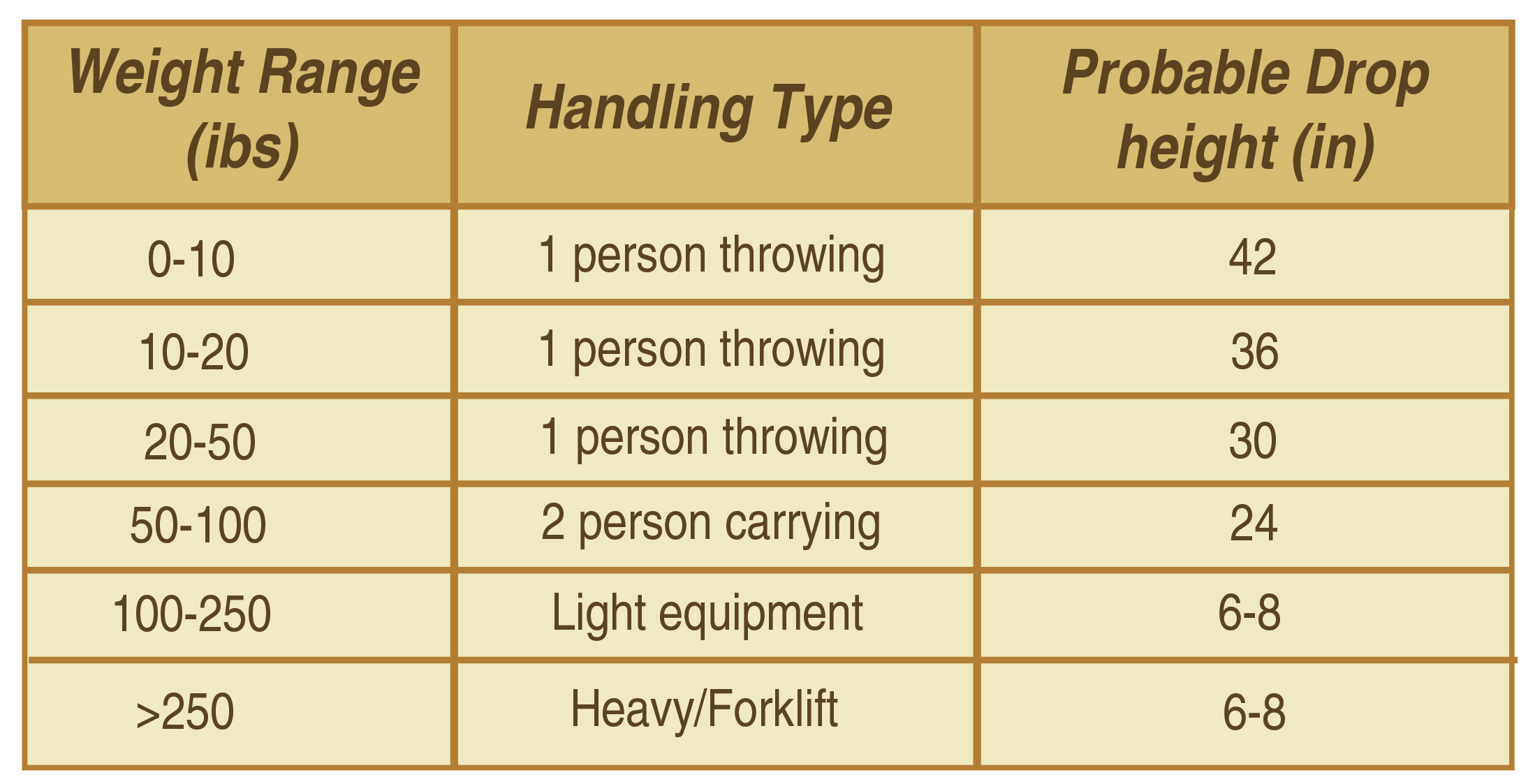
The g-force and the drop height determine the requirements for the cushioning system. Other factors such as creep, buckling, and change in material behavior due to temperature may affect the performance of a cushioning system to different degrees and should be taken into account.
Material Requirements
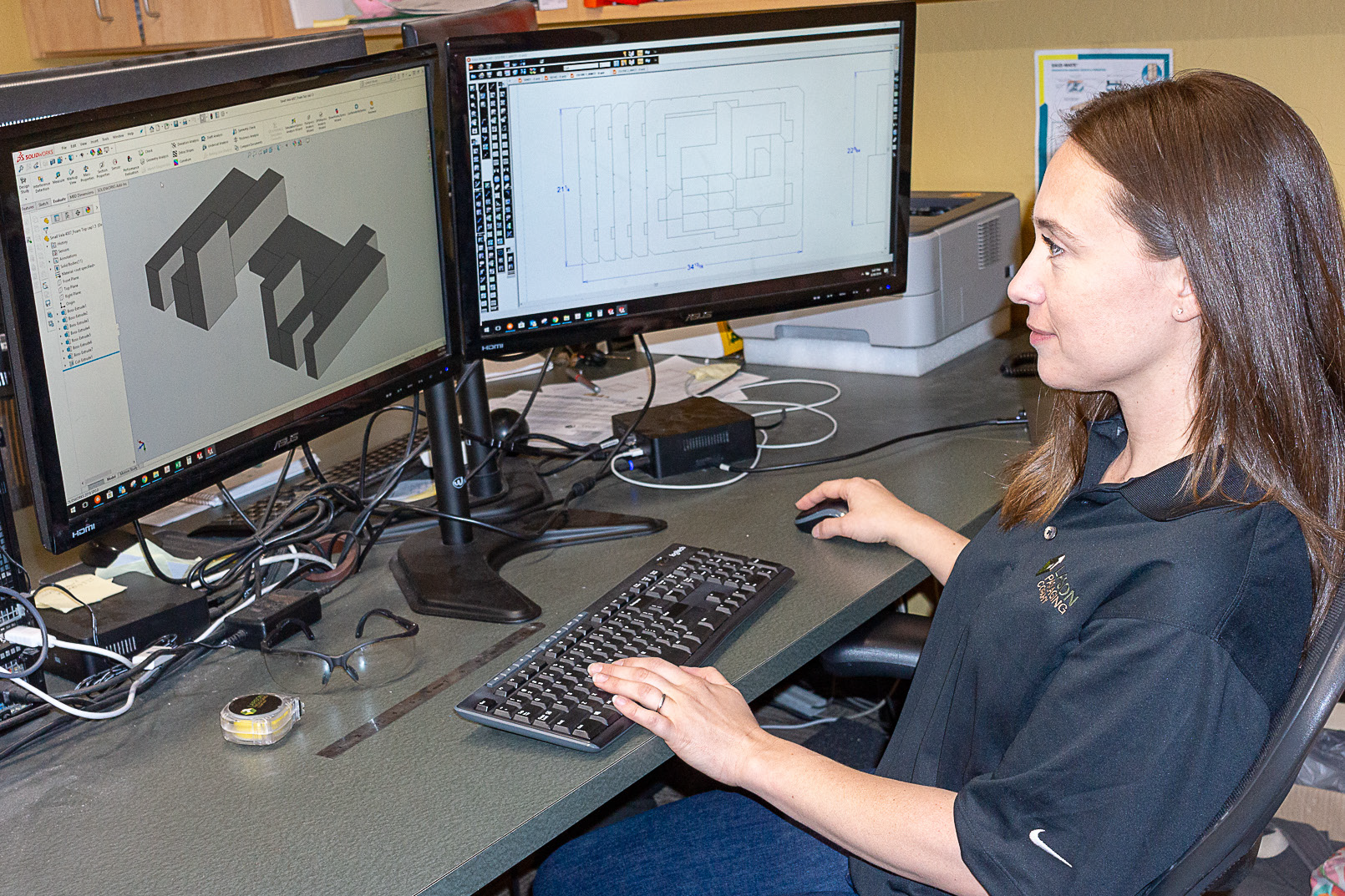
When product fragility (g-force) and handling environment (drop height) have been determined, the packaging engineer can calculate the amount of functional cushioning material which will provide adequate protection for the packaged item.
Work with your packaging partner to select the right foam for your application.
Selecting a packaging partner with knowledge and experience about the performance properties of various foams can improve your packaging. At Larson Packaging Company our design team can help you identify the correct type, amount and density of foam to ensure that your product will always arrive safely.
